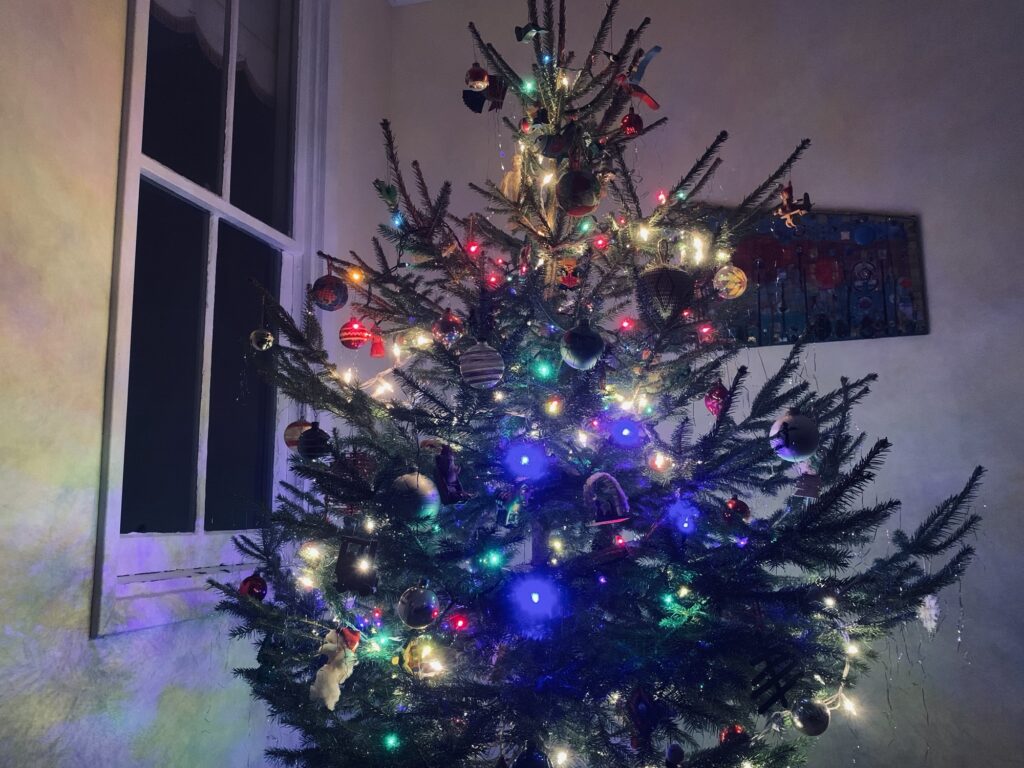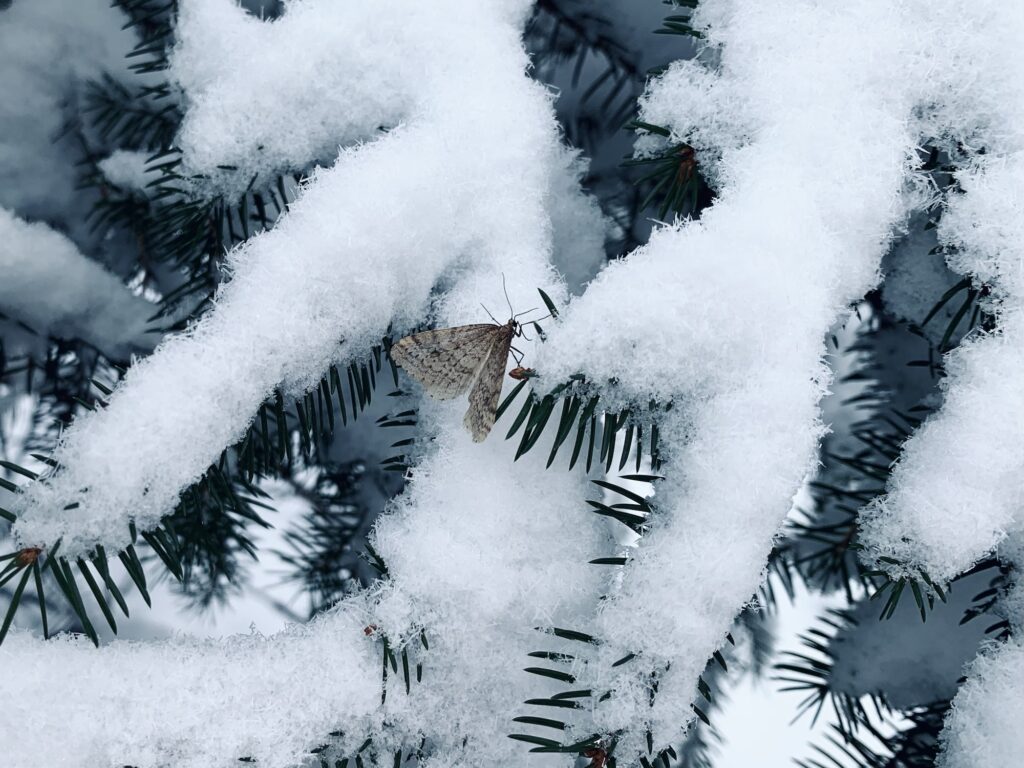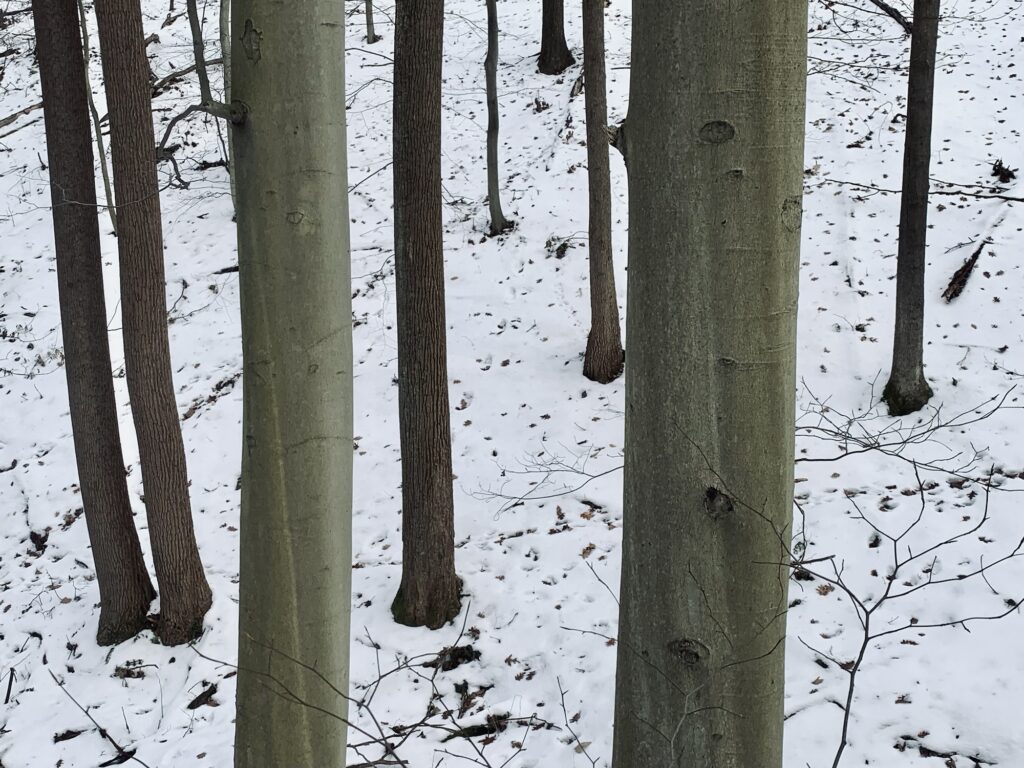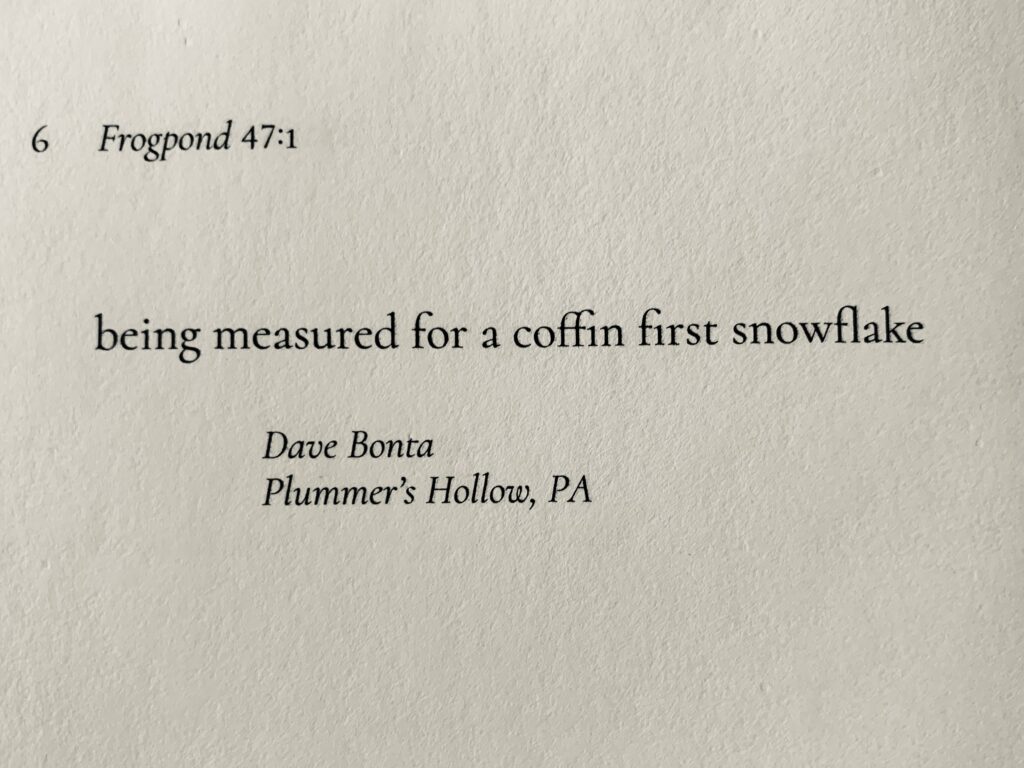
Well deck the halls and call it a holiday! A terrifying new age of the self-repairing machine is nearly upon us and I persist in writing haiku and obscure erasure poems, published mainly on my own blogs. I persist, in other words, in the face of full-on Christian authoritarianism verging on fascism, as a dilettante nature poet and backwoods flaneur. Which sounds unusual unless you’ve ever been to the Appalachians. This is a region that seems to specialize in weirdos of all descriptions, and I am proud to be one of them. I suppose as residents of a national sacrifice area, people develop an especially acute sense of our existential precarity: Rust-Belt rejects, spare parts for broken-down engines. And regardless, here in the United States of America, to live in any place for too long makes you weird. Where’s your ambition?! The Treasury Secretary says that if we can’t afford to live where we live, we can simply move elsewhere. But if there’s one thing fascists hate, it’s anything and anyone who doesn’t fit the mold. To them, a drone that acts as its own mechanic sounds absolutely brilliant, despite or perhaps because of its obvious disincentives for keeping humans around. This is a time for makers everywhere to rebel against the suffocating conformity driven by algorithms and an ecocidal, xenophobic police state. In 2026, I intend to double down on all the sorts of things that machines will never learn to do. In other words, I suppose, I resolve to be as human as humanly possible, and I invite you to join me in what seems like an extremely modest and achievable goal: simply continuing, against all odds, to be odd. Happy Holidays.













